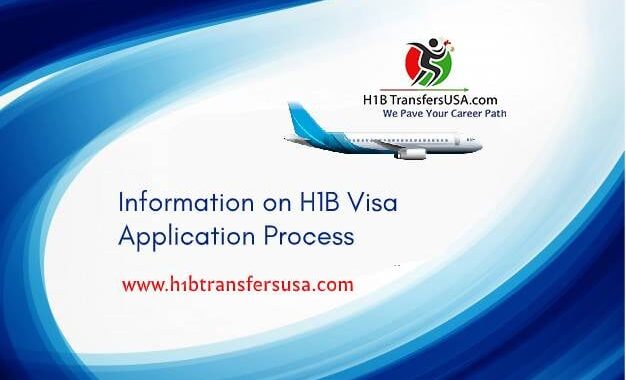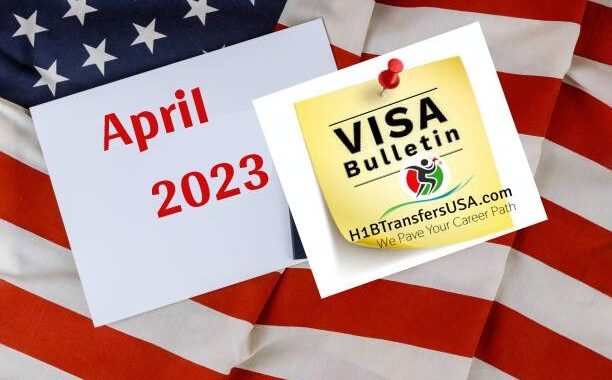Overview of the Revisions Made to the EB5 Program
3 min read
The employment-based, fifth preference (EB5) immigrant investor program was established to help stimulate the U.S. economy through job creation and capital investment by foreign investors. Under this program, a foreign national is eligible to apply for permanent residency. If the person invests the requisite amount in a new commercial enterprise in the United States that creates at least 10 full-time jobs for U.S. workers.
The fiscal year 2022 spending bill was signed into law by President Biden on 15th March 2022. Includes a provision to reauthorize the regional center portion of the EB5 program. This new law also implements a number of significant changes to the EB5 program. A summary of some of the major changes to the EB5 program is given here.
Regional Center EB5 Program Reauthorized
Ordinarily, to meet the EB5 program’s job creation requirement, the commercial enterprise must directly recruit at least ten U.S. laborers. However, indirect jobs can also be utilized to satisfy the job creation requirement if the investment is made in a regional center. The regional center portion of the EB5 program had expired in the summer of 2021. With the passage of this recent law, the program will be reauthorized effective 15th May 2022, and go on until at least 30th September 2027.
In passing this regulation, Congress has also added securities for future regional center investors. In case Congress fails to reauthorize the program before 30th September 2027, the expiration date. The statute provides that, if a foreign national files an I-526 petition by 30th September 2026. Based on an investment in a regional center, and then the regional center program terminates. The USCIS is committed to continuing processing the case based on the law that existed at the time the I-526 was filed.
There are a few different changes made to the regional center place program. Which should improve transparency within, and oversight of, regional centers. The law also prevents foreign nationals from pooling EB5 investments into a single commercial enterprise. Other than investments made in regional centers.
Increase in Minimum Investment Requirements
The minimum investment required under the EB5 program has been expanded to $1,050,000. If, however, the investment is made in an infrastructure project or a targeted employment area (TEA). The investment requirement is reduced to $800,000. An infrastructure project is a project that is administered by a federal, state, or local agency, and should meet specific different requirements. A TEA is an area of high unemployment or a rural area. Under the new law, only the U.S. Department of Homeland Security (DHS) determines whether a location meets the requirements to qualify as an area of high unemployment.
“Grandfather” Clause Protections
The law explains the changes to the EB5 program largely. Do not apply to any EB5 investor who files an immigrant petition by the alien entrepreneur (form I-526) prior to 15th March 2022. Accordingly, the increased investment requirements and changes in how TEAs are designated will not impact cases filed prior to these changes in the law.
Concurrent I-485 Adjustment of Status Filings Permissible
The new regulation allows an EB5 investor who is in the U.S. in valid status. To file an adjustment of status application (Form I-485) while the I-526 is still pending if the priority date is current. The law also makes EB5 investors eligible for forgiveness of up to 180 days of status violations. While filing the I-485 application, according to INA section 245(k). More details on these protections are available in the MurthyDotCom NewsBrief, Green Card Possible After Status Violation: 245(k) Benefit (28. Mar.2022).
Relief from Long Processing Times
For a long time, the EB5 program has been plagued by extremely long USCIS processing times of these petitions. Congress plans to address this by requiring the USCIS to study the issue and set filing charges for EB5 petitions at a level. Where the USCIS will be able to hire sufficient staff to adjudicate these cases within a reasonable time frame.
[Bill introduced in US Congress to recapture 380K unused family & employment-based visas]
EB5 Program Conclusion
As of the time of this writing, the USCIS had not yet published updated guidance on how the different changes in the law will be executed. We will give extra data when the USCIS releases more detail.






